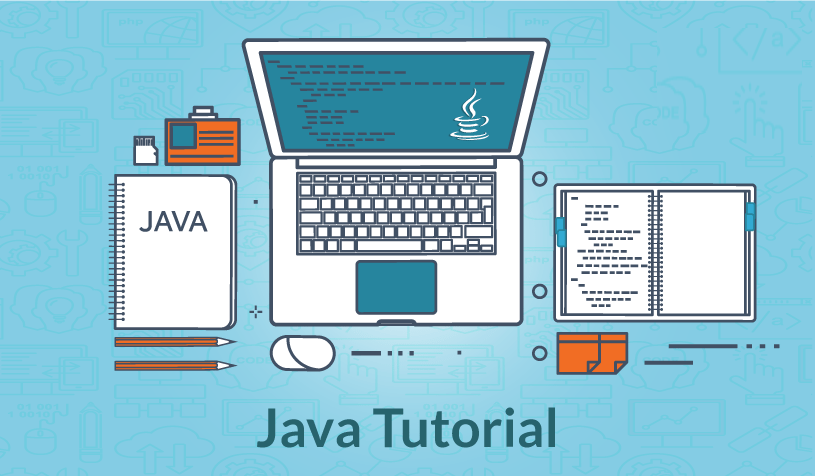Java Reference Tutorial

Welcome to the Java Reference Tutorial, your comprehensive guide to mastering the intricacies of Java references. This tutorial is designed for developers looking to delve deep into how Java manages memory, object references, and garbage collection. Understanding Java references is essential for writing efficient, error-free code and optimizing your Java applications.
Why Learn About Java References?
Java references are a fundamental concept for Java developers, as they determine how memory is allocated, used, and released. Mastering Java references is crucial for the following reasons:
- Memory Management: Efficient memory management is vital for preventing memory leaks and optimizing resource usage in Java applications.
- Object Lifecycle: Understanding references helps in controlling the lifecycle of objects, ensuring they are created, accessed, and discarded properly.
- Performance: Proper use of references can significantly impact the performance of your applications, reducing the overhead associated with garbage collection.
- Resource Optimization: Java references allow you to manage and optimize resources, especially in long-running applications.
- Error Avoidance: Knowing how references work helps you avoid common pitfalls like null pointer exceptions and memory-related issues.
What You’ll Learn in This Tutorial
This Java Reference Tutorial is designed to provide an in-depth understanding of various types of references, how they interact with the Java Virtual Machine (JVM), and their implications for memory management. Here’s an overview of the topics we’ll cover:
- Introduction to References: Explore the basics of references in Java, including strong references, soft references, weak references, and phantom references.
- Strong References: Understand strong references and how they impact the lifecycle of objects, memory management, and garbage collection.
- Soft References: Dive into soft references, which are suitable for caching and resource management, and learn when to use them.
- Weak References: Explore weak references, ideal for scenarios where you want objects to be eligible for garbage collection as soon as they are no longer strongly reachable.
- Phantom References: Study phantom references and their role in monitoring object finalization, useful for implementing cleanup actions.
- Reference Queues: Learn how reference queues are used in combination with reference types to receive notifications when objects become eligible for garbage collection.
- Object Reachability: Understand the concept of reachability and how it determines the lifecycle of objects in Java.
- Memory Management: Delve into memory management in the JVM and how different reference types influence the garbage collection process.
- Best Practices: Throughout the tutorial, we’ll emphasize best practices for using Java references in real-world applications.
Prerequisites
To get the most out of this Java Reference Tutorial, you should have a solid understanding of Java programming, memory management, and garbage collection basics. Familiarity with object-oriented programming concepts will be beneficial.
Who Can Benefit from This Tutorial?
This tutorial is suitable for:
- Java developers who want to gain a deep understanding of how Java manages memory and object references.
- Software engineers aiming to write efficient and robust Java applications.
- Developers working on long-running or memory-intensive Java applications.
How to Use This Tutorial
This Java Reference Tutorial is structured as a series of lessons, each covering a specific topic in detail. You can use this tutorial in the following ways:
- In-Depth Learning: Dive deep into each lesson to grasp the intricacies of Java references and memory management.
- Quick References: Use individual lessons as references when you encounter specific Java reference-related issues or need to optimize your code.
- Hands-On Practice: Each lesson includes examples and exercises, allowing you to gain practical experience with Java references.
Let’s Get Started!
Now that you understand the importance of Java references and their impact on memory management, it’s time to dive into the first lesson and begin your journey to mastering Java references. Whether you’re a seasoned Java developer or just starting your Java programming journey, this tutorial equips you with the knowledge and skills needed to optimize your applications and write efficient, memory-friendly code. Happy learning!
Conclusion
Mastering Java references is a crucial skill for Java developers, as it directly impacts memory management, resource optimization, and the overall performance of Java applications. This tutorial covers each facet of Java references in detail, ensuring you have the knowledge and expertise needed to leverage them effectively in your projects. Whether you’re dealing with memory-intensive applications or just want to write more efficient Java code, this tutorial is your definitive reference.
